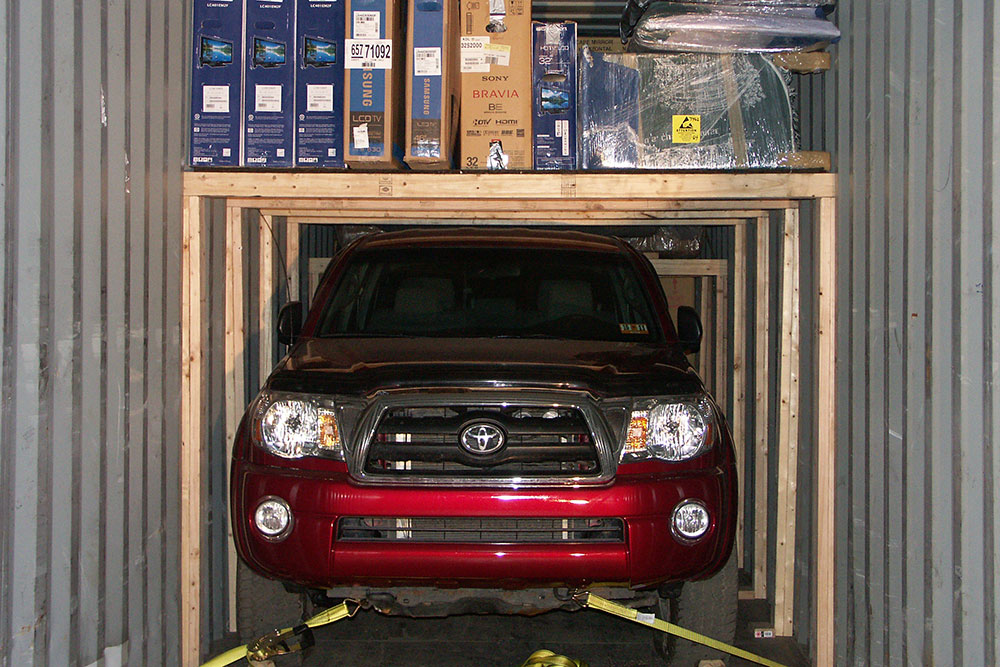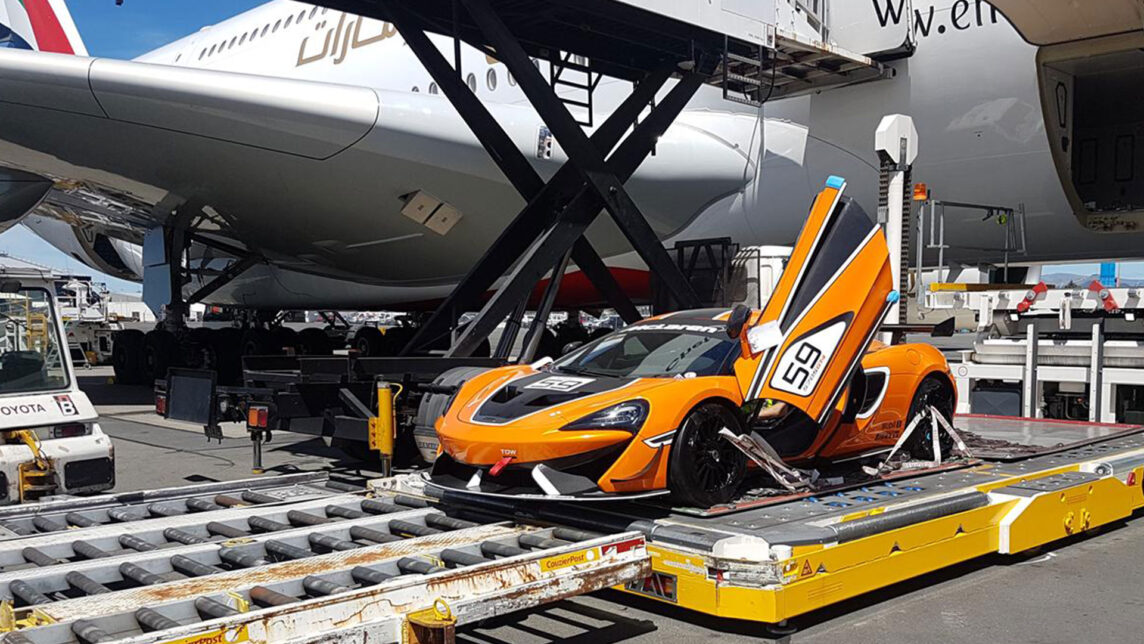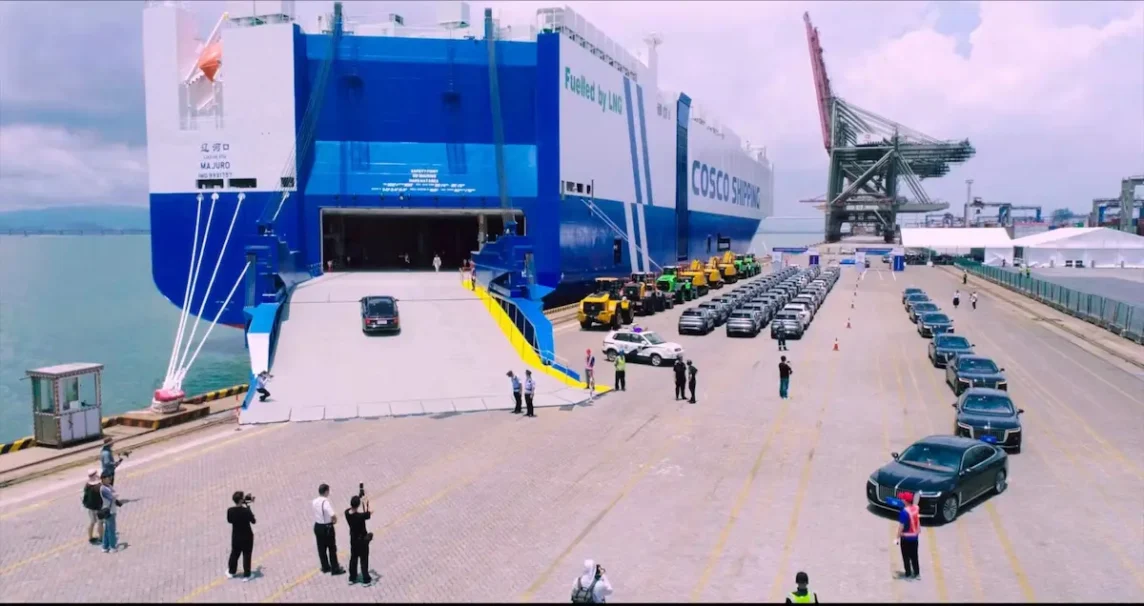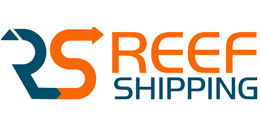Shipping a car from the UAE along with personal belongings is a common requirement for expatriates, families moving to new countries, and individuals purchasing vehicles for international use. A major logistics hub, the UAE provides excellent access to global shipping routes, allowing customers to efficiently transport their vehicles and household goods. However, this process can still be challenging if it is not handled properly. There are restrictions and proper shipping methods, and potential problems, and understanding practical solutions will make the entire journey smooth and hassle-free.
Why do people ship cars and personal effects together?
Many customers prefer to ship their vehicles along with personal effects for a variety of reasons. Moving families want to avoid buying new household appliances overseas, while car enthusiasts often take accessories, tools, or parts with their vehicle. Shipping everything together reduces costs and the need for multiple shipments. The UAE’s high-quality vehicles and well-maintained home appliances make it a favorable choice for international travel.
What Are the Available Shipping Methods?
When shipping a car with personal effects from the UAE, there are two main methods:
- Container Shipping (Most Recommended)
A 20 feet or 40 feet container allows both the vehicle and personal items to be loaded securely. The car is strapped professionally, and the remaining space is used for boxes, luggage, or furniture. This is the safest and most efficient method.
- Ro Ro + Separate Cargo Shipment
In this method, the car is shipped via RoRo (roll-on/roll-off), and the personal effects are sent separately as cargo. However, this is less convenient because RoRo carriers do not allow personal items inside the vehicle.
Most customers choose container shipping, as it protects both the vehicle and personal belongings in one controlled environment.
Step-by-Step Process of Shipping a Car With Personal Effects
- Initial Assessments and Quotations
The shipping company evaluates the type of vehicle, the volume of personal effects, and the destination port. Based on this, they provide options such as dedicated or shared containers.
- Vehicle and Goods Inspection
A pre-shipment inspection ensures the vehicle is in good condition and that all items comply with customs regulations.
- Documentation
- Vehicle registration card
- Passport and Emirates ID
- Export certificate
- Packing list of personal effects
- Authorization letter (if needed)
- Packing and Loading
The vehicle is driven into the container and fixed using belts and wheel locks. Personal belongings are packed, labeled, and arranged safely around the vehicle.
- Customs Clearance in the UAE
The RTA issues the export certificate, and UAE customs inspects the container before sealing it.
- Shipping and Tracking
Once on board, customers can track their shipment through the logistics provider’s system.
- Arrival, Unloading, and Customs Clearance
Upon reaching the destination, the container is opened, goods are inspected, duties are calculated, and the car is registered according to the country’s regulations.
Common Problems When Shipping a Car With Personal Effects and Their Solutions
Shipping personal items is convenient, but there are some major problems with it and their solutions:
Customs Restrictions on Personal Items
Many countries have strict rules about what can be put inside a vehicle when imported. Certain items such as electronics, liquids, food, or valuables may be prohibited. Customs inspections can be complicated if these items are found in the container.
Solution:
Create a detailed packing list and avoid restricted items. Work closely with your shipping company to check the destination country’s regulations before packing. Professional movers ensure that only such items are loaded, reducing the risk of delays or fines.
Risk of Damage During Loading and Transit
When placing multiple items on the side of a vehicle, there is a risk of scratches, dents, or movement during transportation if the items are not secured correctly. This unprofessional packing increases the risk.
Solution:
Use proper packing material, padding, and secure strapping. A professional logistics provider uses wooden frames, cushioning, and container braces to protect the car and personal belongings. Container loading should always be handled by trained personnel.
Delayed Documentation and Export Clearance
A frequent issue is last-minute delays caused by incomplete or incorrect documents. Missing export certificates, incorrect vehicle details, or mismatched packing lists can hold up the shipment at the port.
Solution:
Prepare all necessary documents in advance. Accurate information should be shared, and copies should be prepared and kept. Shipping companies with export clearance support help prepare paperwork properly and ensure smooth processing.
Unexpected Customs Duties at the Destination
When the vehicle reaches its destination, customs officials assess the value of the car and personal belongings. Sometimes the import duty is higher than expected.
Solution:
Ask for an advance duty estimate before shipping. A reliable logistics company provides a clear explanation of expected charges and advises on how to reduce costs legally, such as using shipping or tax deductions as part of a personal move.
Port Congestion and Transit Delays
Congested ports or unforeseen circumstances such as weather may delay container offloading and customs inspections. This will increase the expected arrival time.
Solution:
Choose flexible schedules and track your shipment regularly. Professional shippers provide real-time updates and take initiative to reduce waiting time.
The Important Role of Reef Shipping in the Process
Reef Shipping plays an important role in helping customers safely ship their vehicles and personal items from the UAE to any global destination. With years of experience in container loading, customs documentation, and international logistics, Reef Shipping ensures that every shipment is handled with precision. Paperwork, packaging, and export procedures are carried out accurately. It also reduces stress and prevents errors that commonly occur in cross-border shipments.
Ensures safe loading and accurate documentation when handling personal effects with a vehicle.
Reef Shipping company Dubai collaborates with trusted global partners to ensure timely delivery and smooth customs handling at the destination port.
Why You Should Always Use a Professional Shipping Company
- Shipping a car with personal effects is no easy feat. It requires careful planning, customs knowledge, technical packing skills, and international shipping experience. These are ensured by working with a professional logistics provider.
- Safe loading and protection of items
- Accurate and timely documentation
- Exemption from customs penalties
- Timely delivery
- Comprehensive guidance through each step
- Transparent cost structure and consistent communication
- It reduces stress for families and individuals relocating abroad and ensures safe delivery of their vehicle and belongings.
This reduces the stress for families and individuals relocating abroad and ensures their vehicle and belongings arrive safely.
Conclusion
Shipping your car with personal belongings from the UAE is certainly possible if you understand the shipping procedures, customs rules, and packing requirements. Although the process may seem complicated, proper preparation and support make it manageable. With challenges such as customs regulations, documentation issues, and potential damages, choosing a reliable logistics partner is crucial. Companies like Reef Shipping offer the specialized knowledge and practical assistance needed to ensure your car and personal belongings are moved securely and efficiently.














